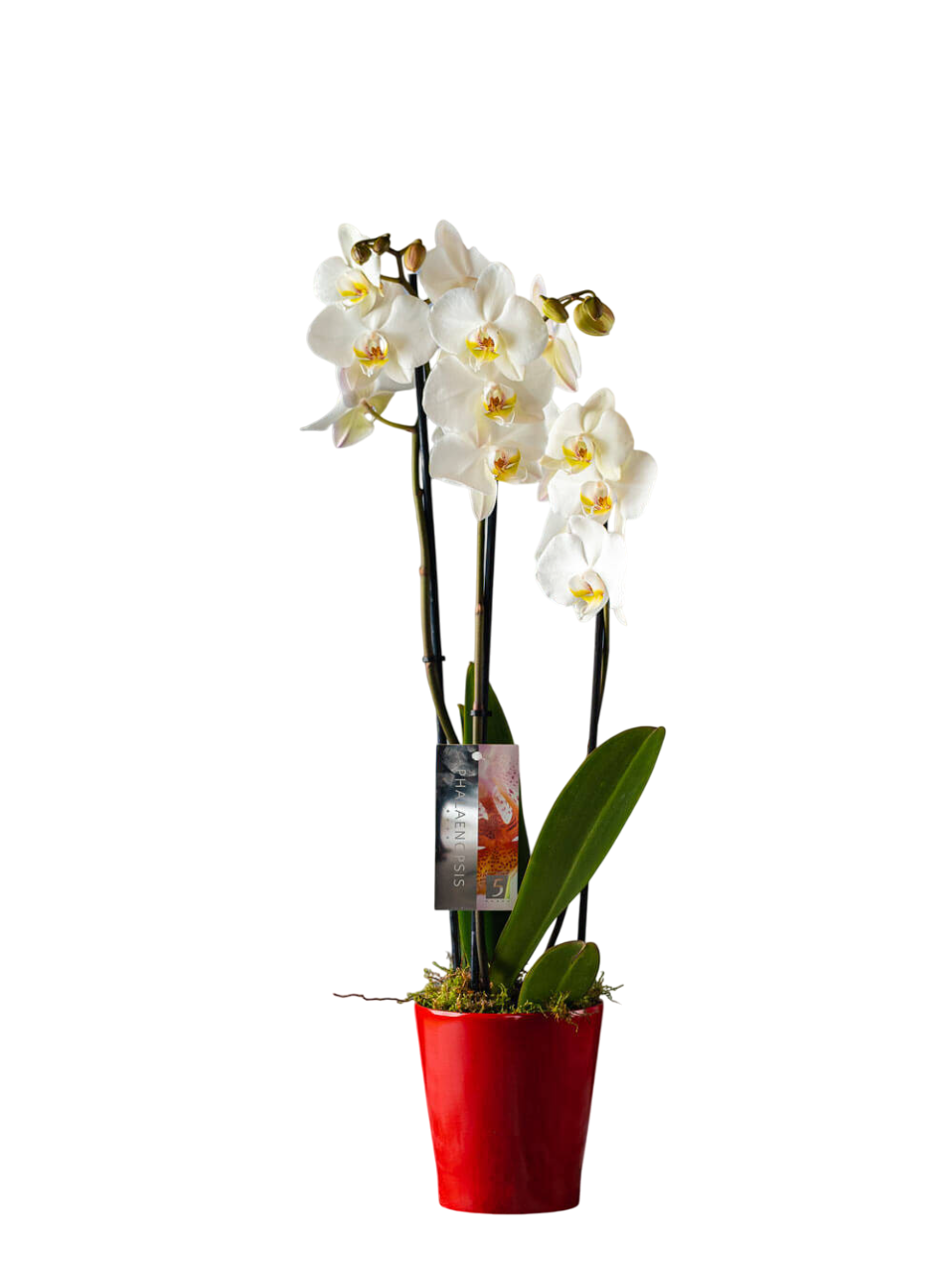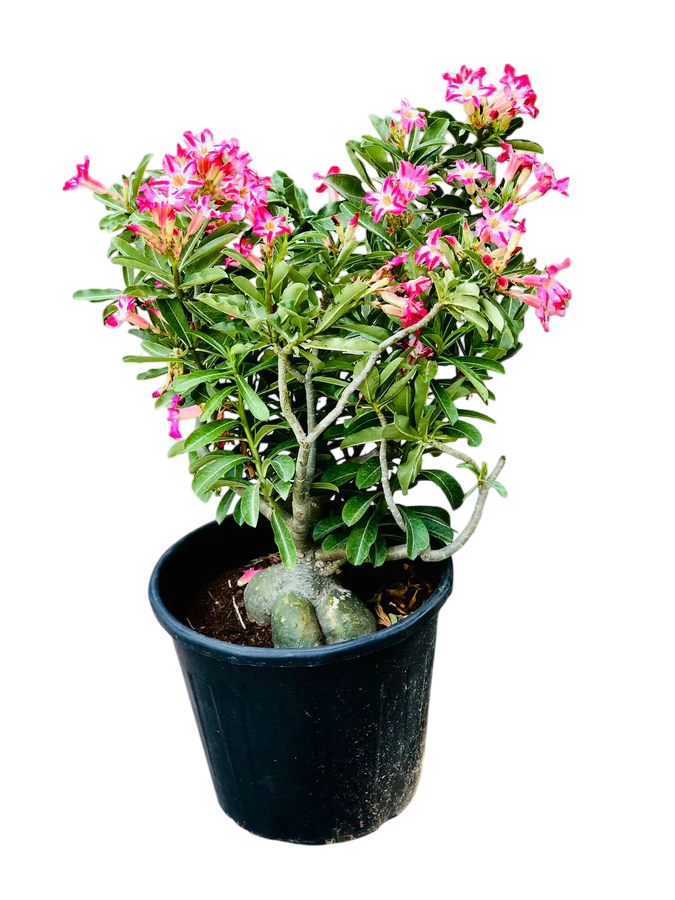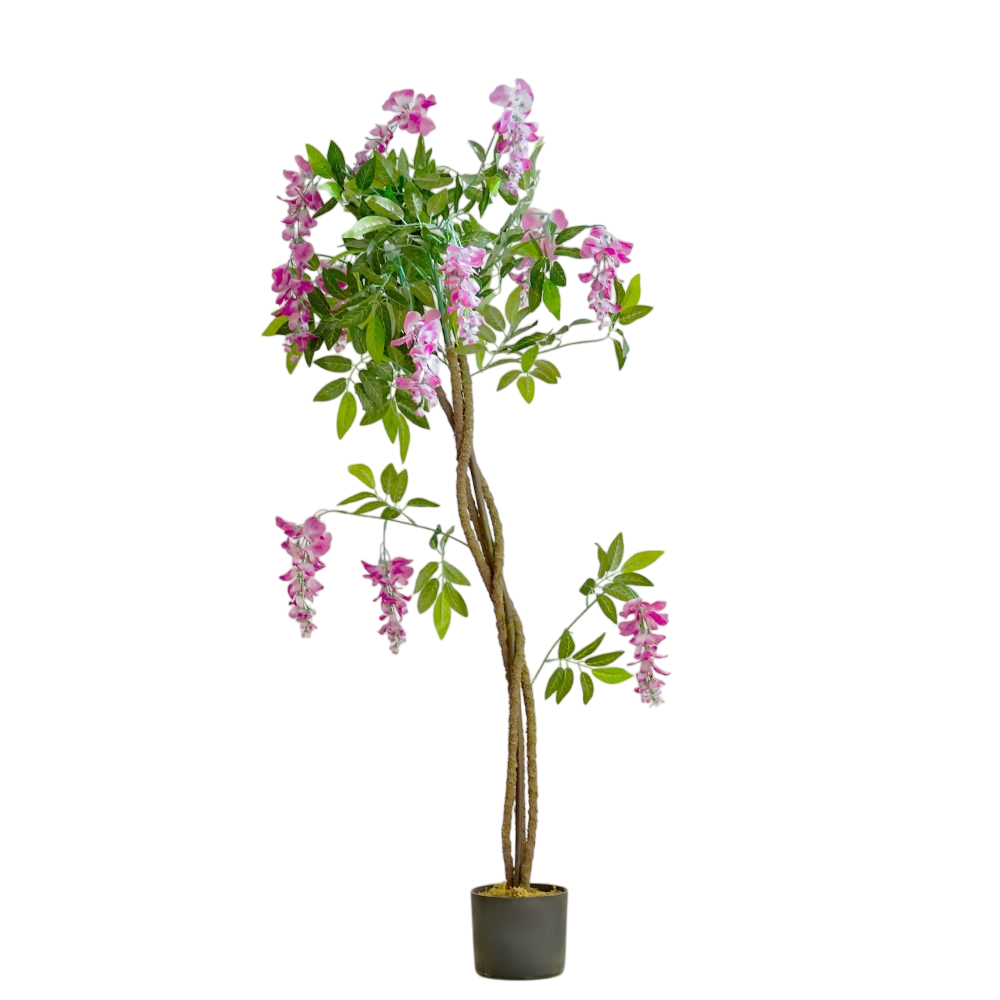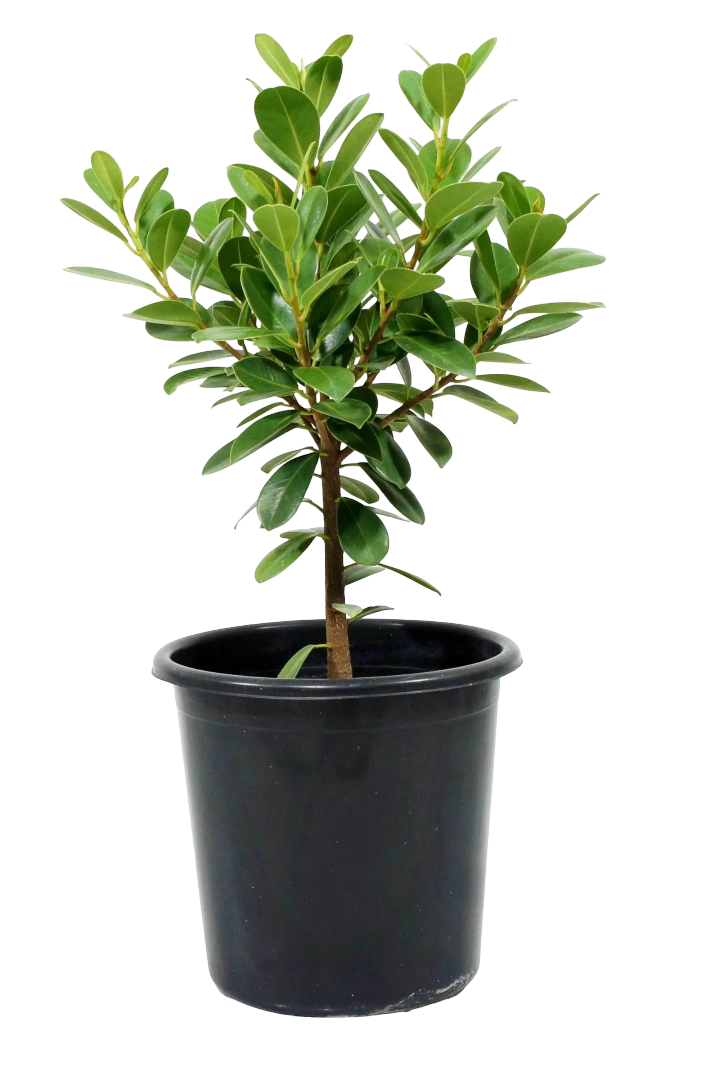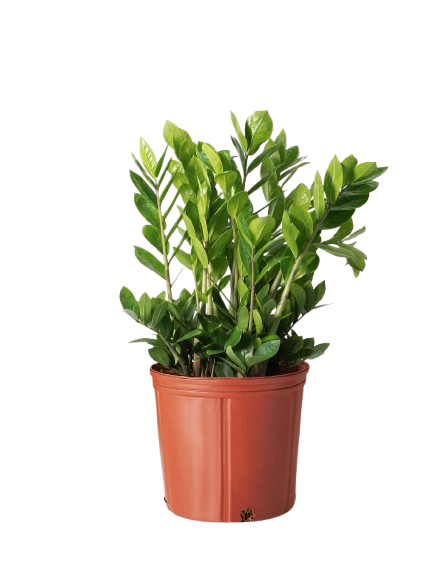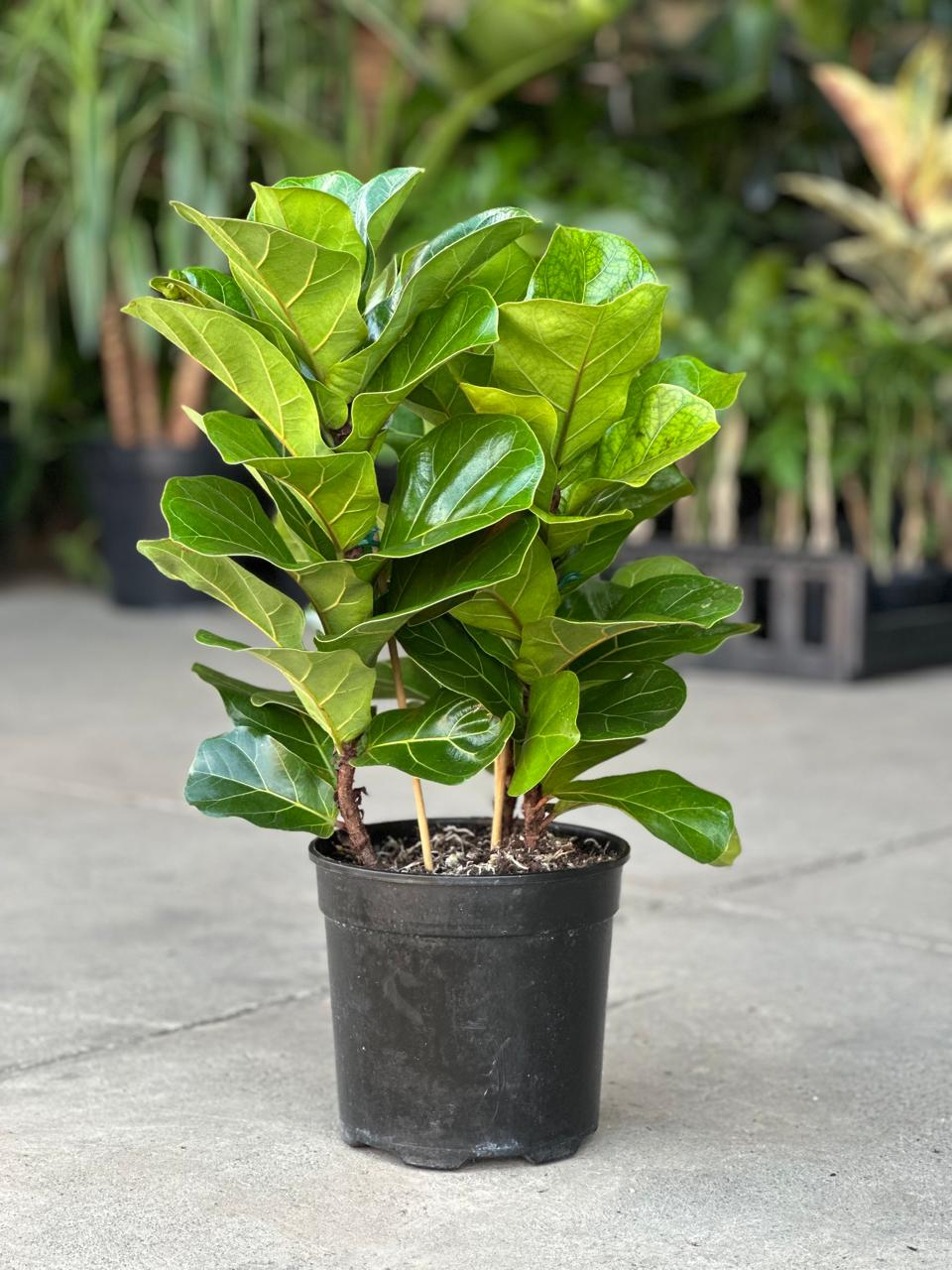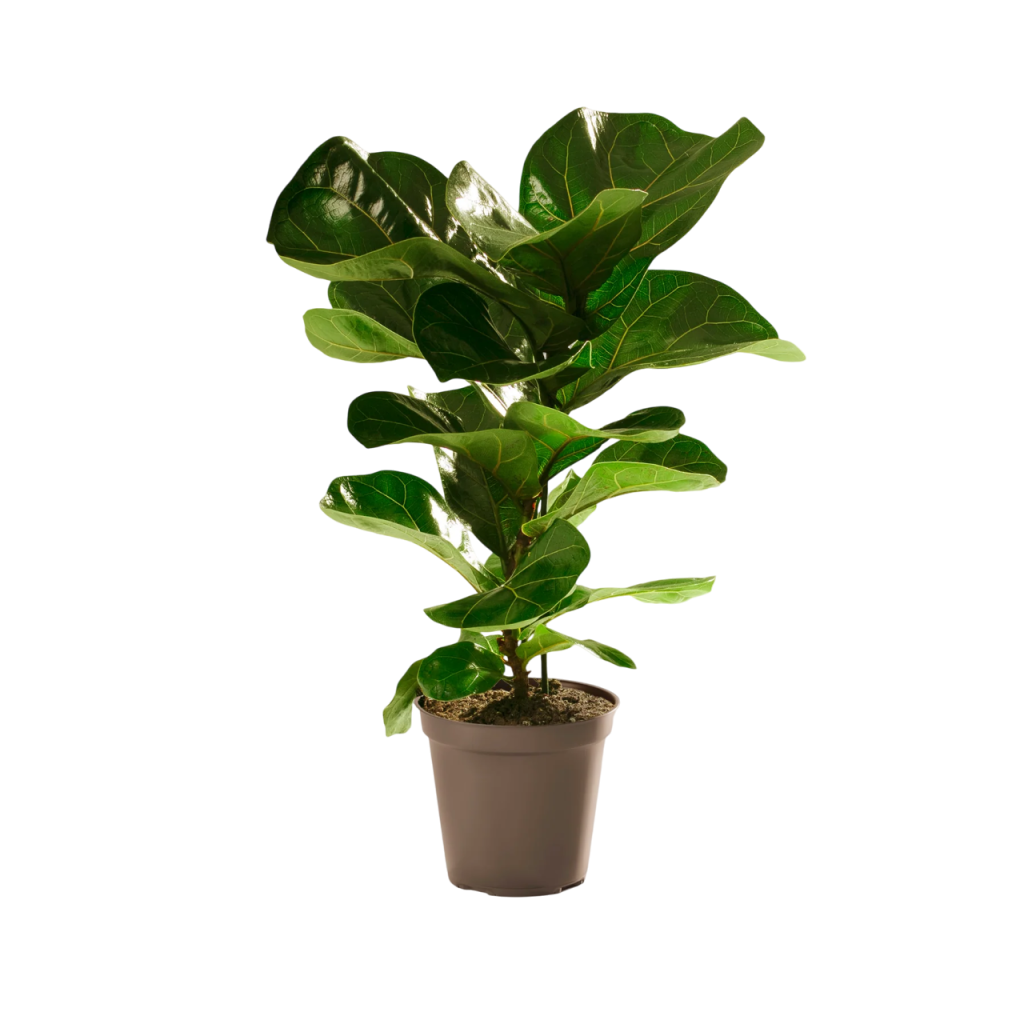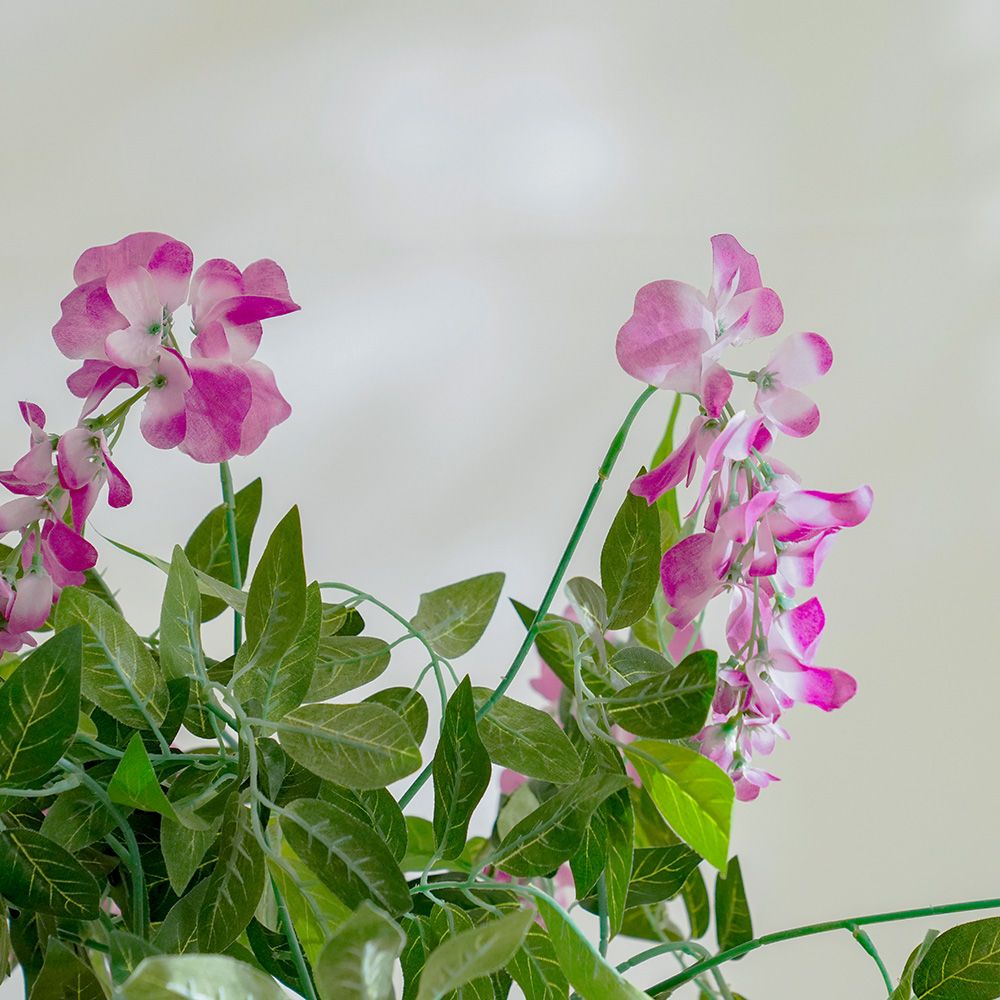
Wisteria Care Tips
- Sunlight: Requires full sun for abundant flowering.
- Soil: Prefers fertile, well-draining soil.
- Watering: Water deeply during dry spells, especially when young.
- Pruning: Prune twice yearly to encourage flowering and maintain shape.
- Support: Needs strong support structures due to its vigorous growth.
Benefits of Growing Wisteria
Beyond its striking beauty, Wisteria provides practical and environmental benefits. It creates natural shade, reduces heat in outdoor areas, and attracts pollinators such as bees. Its fast-growing vines can be trained to cover unsightly walls or enhance outdoor living spaces, making it both decorative and functional.
Symbolism and Historical Significance
Wisteria carries deep symbolic meaning across cultures. In Japan, it represents love, longevity, and humility, and is celebrated during the famous Fuji Matsuri (Wisteria Festival). In China, it is associated with devotion and enduring affection, often seen in traditional art and poetry. In the Victorian era of Europe, Wisteria was admired for its romantic charm and was frequently planted in estates and gardens as a symbol of refinement and prosperity.
Common Pests and Concerns
While generally hardy, Wisteria may be affected by aphids, scale insects, or root rot if overwatered. Regular inspection and proper care help maintain its health. Pruning is crucial to prevent it from becoming invasive, as its vigorous growth can overwhelm structures if left unchecked.
Why Choose Wisteria for Your Garden?
With its cascading blooms and timeless appeal, Wisteria is perfect for homeowners looking to add a dramatic, enchanting element to their gardens. It thrives in Kenya’s climate when properly cared for, rewarding gardeners with years of beauty and shade.

